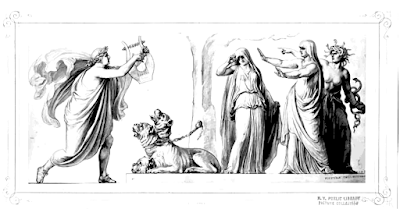In this blog post from Stones of Erasmus, I connect philosophical ideas with practical aspects of teaching and societal values. Let's invite reflection on the role of education, the influence of religion, and the importance of cultural norms in shaping the citizens of tomorrow.
 |
| The sun may appear small and lightbulb-like to the viewer, but it's actually a massive fusion-powered fireball that sustains life on Earth. |
Parity in the Classroom: The Common Gifts of Our Students
In every classroom, there lies a hidden world of potential. That gossipy student in the back row? Perhaps a budding playwright, weaving tales for the stage. Our students are not just learners; they are creators, thinkers, and future citizens.
The Personal Stance vs. The Professional Stance
Education is not just about imparting knowledge; it's a national effort to produce productive citizens. But what does that mean?
Producing productive citizens is about nurturing individuals who contribute positively to society and the economy. It's about fostering responsibility, hard work, and a commitment to the common good. It's about developing skills like problem-solving, communication, and teamwork that are vital in today's workforce.
The Image of Citizenship: A Reflection of Values
What should citizens of a country look like? The nineteenth-century image of the American family was a myth, yet it shaped perceptions. Today, we recognize that there is no one specific way citizens should look. Every individual is unique, bringing their own strengths and perspectives. The goal is to cultivate responsible, engaged members of society who contribute to the common good.
Religion and Education: A Complex Relationship
"Orderliness is godliness." This saying reflects how we often infuse public education with ideology, including the notion to "pull yourself up by your bootstrap." But do religious influences benefit the school system?
The Puritans were able to impose their ideology, but the relationship between religion and education is complex. Some believe that religious values can create moral grounding and community. Others see challenges in separating church and state, ensuring inclusivity for all students.
Folkways and Mores: The Fabric of Society
Folkways and mores are the threads that weave the social fabric. Folkways are the everyday customs and traditions, while mores are the deeper, moral values that guide a culture. Together, they shape our collective identity.
Opinions: The Personal Take on Knowledge
An opinion is more than a fleeting thought; it's your unique perspective on what you know. It's a reflection of your understanding, your beliefs, and your individuality.












